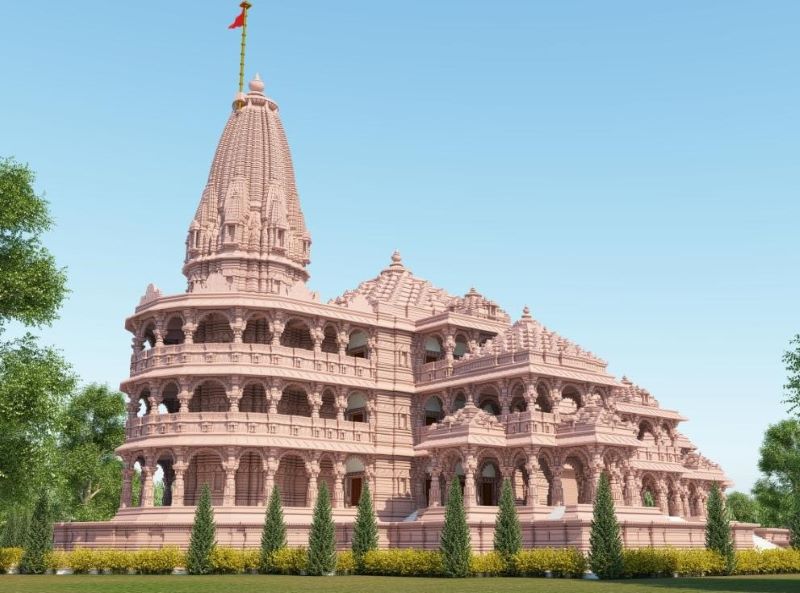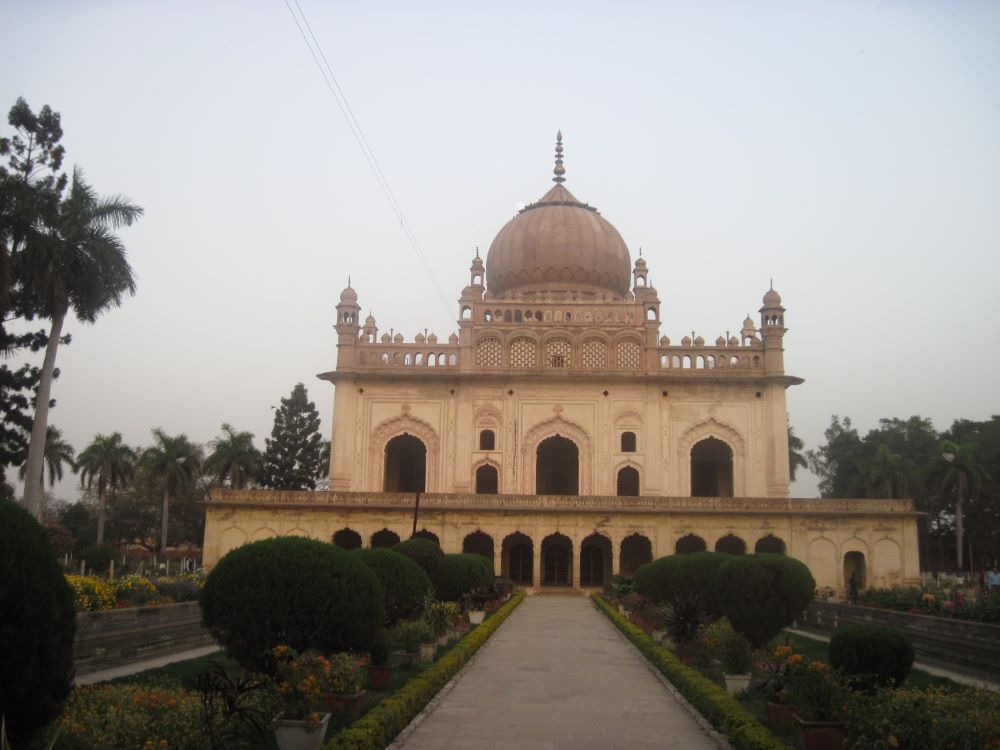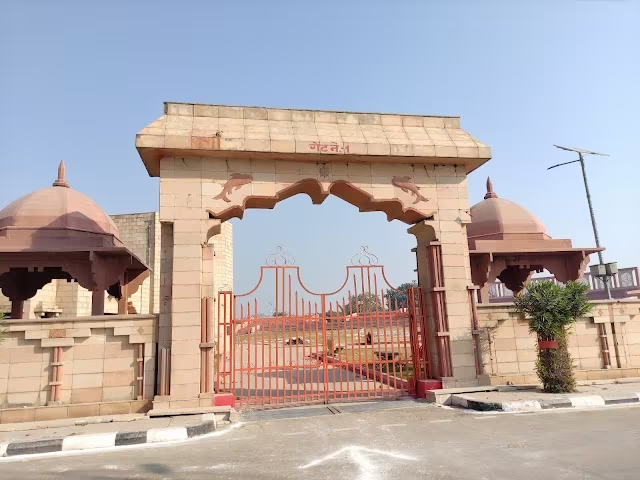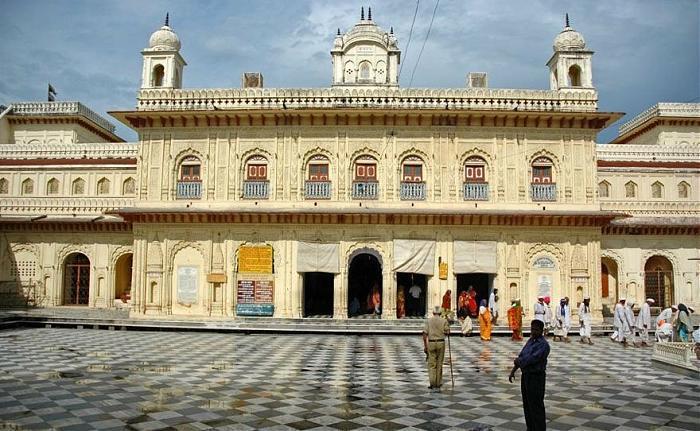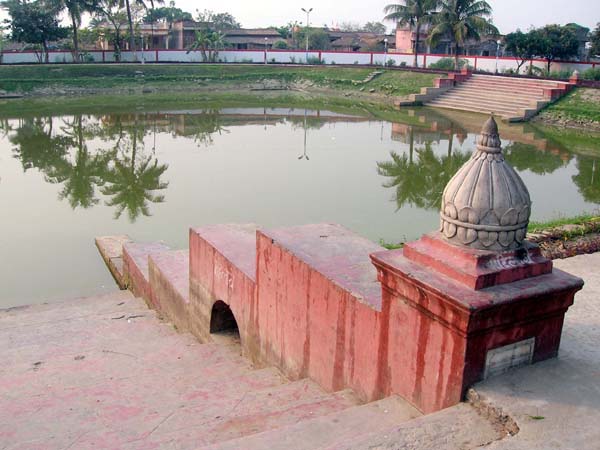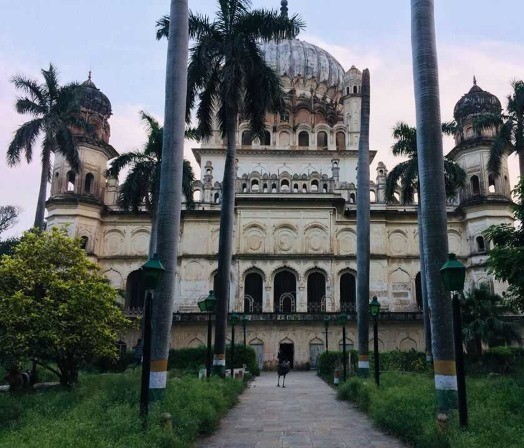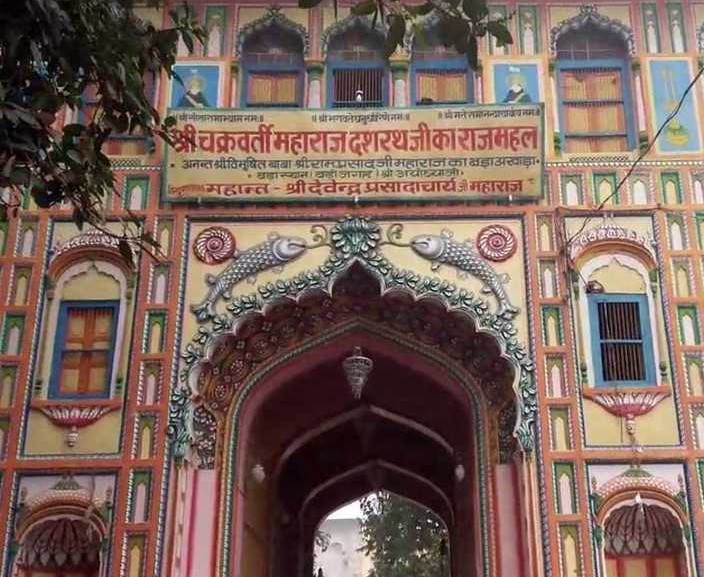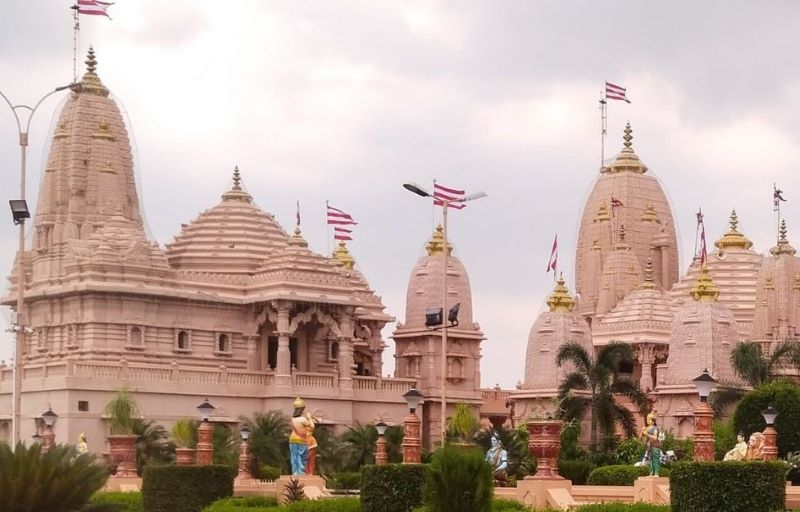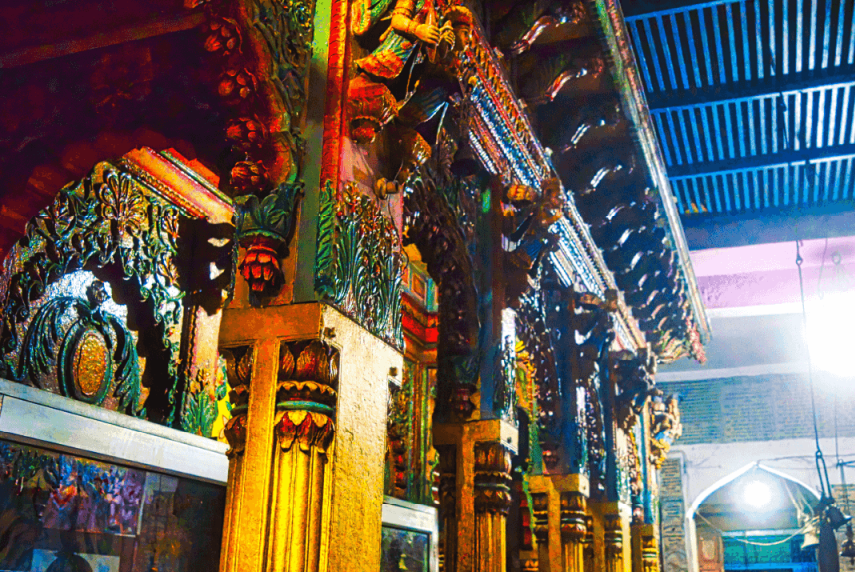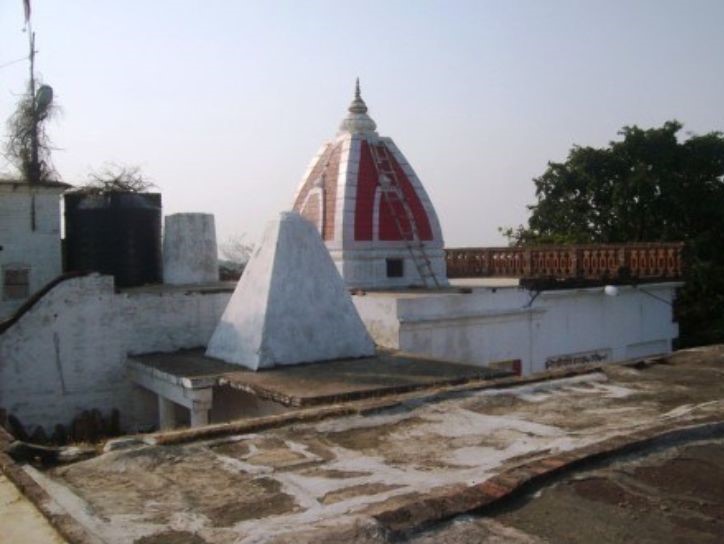Why to visit Shree Ram Mandir
Situated in Ayodhya, Uttar Pradesh, Shree Ram Janmbhoomi, also known as Ram Mandir, is a majestic Hindu temple dedicated to Shree Ram. Believed to be his birthplace, this 70-acre wonder holds immense historical and spiritual importance for Hindus. It's a place that reflects the rich culture and stories surrounding Shree Ram, making it a pilgrimage destination for millions. Whether you're a devotee or simply curious about a unique cultural landmark, the Ram Mandir offers an unforgettable experience.
What to expect?
- This Ram Mandir is Ayodhya's first air-conditioned religious site.
- The mandir complex includes several smaller temples dedicated to Surya (Sun God) at the northeast corner of the complex, Bhagwati (Goddess Durga) at the northwest corner of the complex, Ganesh at the southwest corner of the complex, and Shiva at the southeast corner of the complex.
- The temple has a garden inspired by astrological constellations, showcasing 27 different plants representing the 27 nakshatras.
- There are ramps and lifts for people with disabilities and the elderly.
Modern amenities at the Ram Mandir complex:
- There is a multipurpose hall that may serve purposes such as events and religious gatherings.
- The lecture hall in the complex offers opportunities for educational discussions focusing on Hindu scriptures and traditions.
- There is a museum/exhibition area that showcases the rich history and significance of the Ram Janmabhoomi site and Ayodhya.
- The complex also offers necessary amenities, including restrooms, wheelchair access, drinking water facilities, and a cafeteria.
- Basic medical assistance is available onsite to address any minor medical needs of pilgrims and visitors.
- The complex is equipped with security measures to ensure the safety and well-being of all visitors.
- Information desks are available to assist visitors in navigating the complex and answering any queries they may have.
- Cloakrooms and luggage storage facilities are provided for visitors to store their belongings while exploring the complex securely.
The future plan for the Ram Janmabhoomi complex also includes guest houses to provide accommodation for pilgrims and visitors, a library that will house scriptures, historical texts, and related literature, and a research center dedicated to studying the history and culture of Ayodhya.
Timings at Ram Mandir:
Darshan Timings: 7:00 a.m. to 11:30 a.m. and 2:00 p.m. to 7:00 p.m.
Jagaran or Shringar Aarti: 6:30 a.m (Booking one day prior is available, subject to availability.)
Sandhya Aarti: 7:30 p.m (Same-day booking is possible, subject to availability.)
Weekend Special: On Sundays, the morning darshan starts at 6:00 a.m.
Best time to visit: October to March (throughout the year in general).
Suggested duration: approx. 1-2 hrs
Important note for visitors:
- For Aarti Passes, please visit the camp office at Shree Ram Janmabhoomi 30 minutes before the scheduled Aarti time with a valid government ID proof.
- Upon entering the campus, you will go through the baggage scanner and then towards the locker rooms and shoe counter (free of cost) – you may face a long line.
- You need to submit all your electronic devices, bags, and belongings at the counter. There is a separate counter to submit and collect your belongings.
- On your departure from the mandir complex, at the existing point, you will receive prashad to carry home (free of cost).
- Photography is strictly not allowed.
- There are no entry fees.
Architectural significance of Ram Mandir:
As you step onto the first floor of the Ayodhya Ram temple, you're surrounded by colorful paintings telling the story leading up to Shree Ram's birth and his early life. The walls are alive with scenes of King Dasharatha's family, Ram's celestial birth, and his childhood adventures.
Visitors are drawn in by the vibrant images that make the ancient stories feel like they're happening right in front of them. This special place honors the incredible journey of Shree Ram, inviting everyone to share in the magic of his tale. Apart from this, there are a few more factors to know:
- The main temple is designed with three floors.
- The total height of the temple is 161 feet (49 meters), and it spans 360 feet (110 meters) in length and 235 feet (72 meters) in width.
- Within the temple, you'll find 5 congregation halls (mandapas) and a total of 12 gates.
- The temple follows the Nagara style of architecture, similar to the Sun Temple in Konark, Odisha.
Did you know?
The mandir did not include the use of any steel or iron. Instead, it is built using traditional building materials, focusing on sustainability while complying with traditional building methods. The major materials that were used are bansi paharpur pink sandstone, teakwood, special bricks inscribed ram mandir, granite stones, white makrana, colored marbles, copper plates, and even gold.
Ram Janmabhoomi through the Ages
Ancient Tales and Mysteries:
The stories of Shree Ram and the grand temple in Ayodhya have been passed down through generations. However, there's not much concrete evidence to back them up as to what exactly happened in the past. This past is a belief, and there are several versions.
The 16th Century:
When Babur came to power, history says that he ordered the demolition of the Ram temple and the construction of the Babri Masjid. This led to a spark of significant unrest back then.
Struggle Between Faith and History:
Over time, tensions grew between Hindu and Muslim communities over the ownership of the land. It became a controversial issue with no easy resolution.
20th Century:
We know today that the dispute escalated in the 20th Century, leading to lengthy legal battles. Ultimately, the Babri Masjid was demolished in 1992, leading to widespread riots.
New Chapter:
In 2019, a court ruling finally allocated the land for a Ram temple, but it reopened old wounds and raised new questions about justice and reconciliation.
On August 5, 2020, a new chapter began. Prime Minister Narendra Modi laid the foundation stone for the grand temple at Sree Ram's birthplace in Ayodhya, marking a moment of significance and pride for many. While echoes of the past remained, there was also hope for a future filled with mutual understanding and respect.
Places near Ram Mandir
Here are a few sites to see around the Ram Mandir:
- Hanuman Garhi is 1.3 km. (directions).
- Kanak Bhawan is also 1.3 km. (directions).
- Sita Ki Rasoi is 2.3 km. (directions).
- Nageshwarnath Temple is 3.3 km (directions).
- Ram ki Paidi is 3.1 km (directions).
How to reach Shree Ram Mandir?
You can opt for a local transportation facility like an autorickshaw or a cycle rickshaw, etc.
Distance from Ayodhya bus stand: 3.0 km, accessible via Ayodhya Dham Road/Chowk Ayodhya Road.
Distance from Ayodhya airport: around 11.2 km, reachable via NH 27/NH 330.
Distance from Ayodhya railway station: 1.2 km, accessible via Railway Station Road and Kalyan Singh Road.



